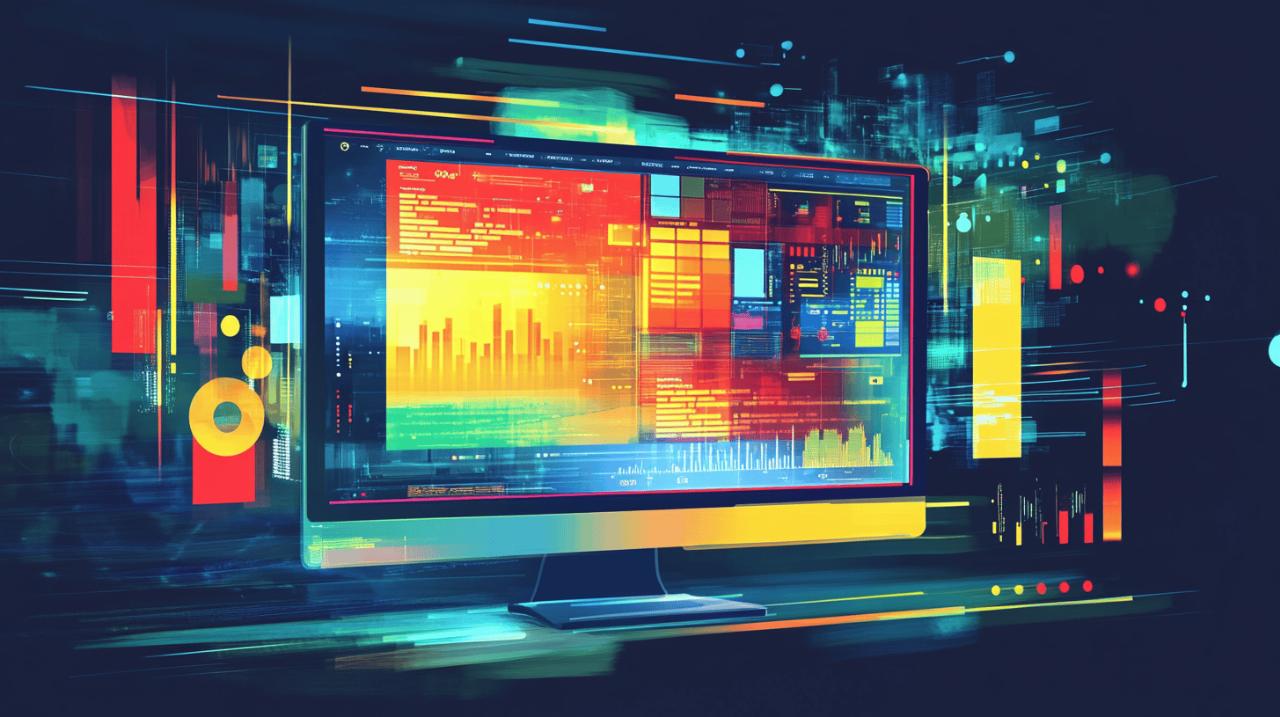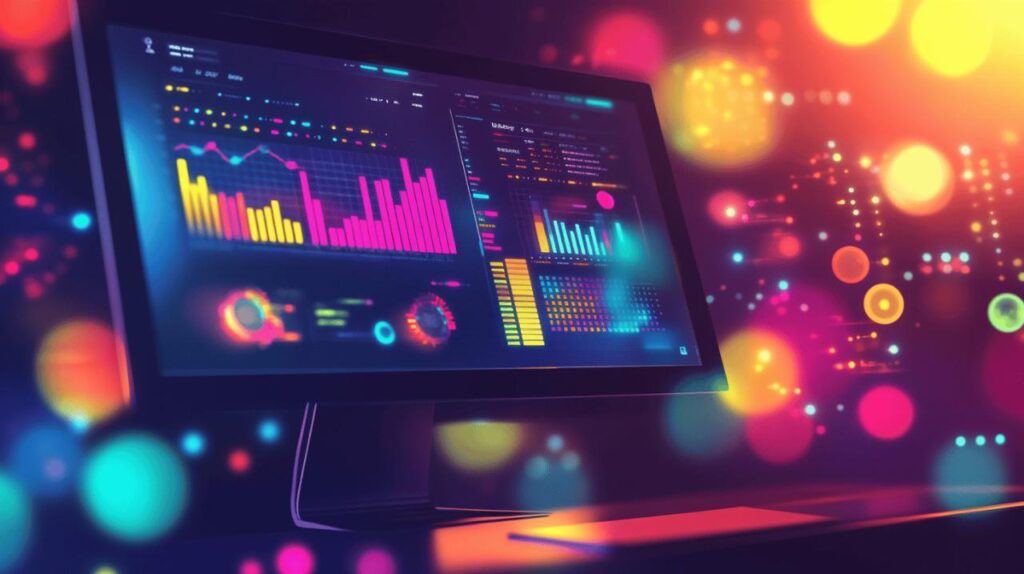Visual heat maps reveal visitor interactions with e-commerce websites, highlighting which elements attract attention and which areas get ignored. These visualization tools translate complex user behavior into meaningful data, providing online store owners with actionable insights to boost sales performance. When properly analyzed, heat map data can directly impact design decisions and marketing strategies that maximize customer engagement.
Understanding visual heat maps in e-commerce
E-commerce heat maps display user activity on websites through color-coded representations—typically showing high-engagement areas in red and lower activity in cooler colors. This visual data helps store owners make informed decisions about website layouts, product placement, and calls-to-action based on actual customer behavior rather than assumptions.
The technology behind heat map tracking
Heat map technology captures and aggregates user interactions by tracking clicks, mouse movements, and scroll patterns during website visits. Modern heat mapping solutions integrate with existing analytics platforms to create comprehensive behavioral reports. The most sophisticated systems now incorporate eye-tracking capabilities based on neuromarketing principles. Punto Log and similar analytics tools combine traditional tracking methods with machine learning algorithms that predict user intent based on interaction patterns, creating more accurate heat visualizations for e-commerce optimization.
Different types of heat maps for online stores
Online retailers can leverage several heat map variations to gain different insights. Click maps show exactly where users tap or click, revealing which elements attract interaction. Scroll maps indicate how far down pages visitors travel, highlighting content visibility issues. Move maps track mouse movements on desktop devices, suggesting where attention gravitates. Attention maps visualize which content elements capture user focus, often showing an F-shaped reading pattern as identified in usability studies. Each type serves specific analytical purposes—click maps for CTA effectiveness, scroll maps for mobile optimization, and move maps for product page refinement.
Implementing heat maps to boost sales
Visual heat maps have revolutionized how online B2C stores understand customer behavior and optimize their websites for higher conversion rates. These graphical representations use color-coding to visualize user interactions, with red typically indicating high activity areas and transparent showing low engagement zones. By implementing heat map technology, ecommerce businesses gain valuable insights into how visitors navigate their sites, where they click, how far they scroll, and what elements capture their attention.
Heat maps come in several varieties: click maps reveal where users click most frequently, scroll maps show how far down pages visitors travel, and move maps track mouse movements on desktop devices. For mobile optimization—critical considering over 30% of US ecommerce spending and over 70% globally occurs on mobile devices—heat maps provide essential data on how the mobile experience differs from desktop.
Strategic placement of key elements based on heat map data
Heat map analysis allows B2C online stores to make data-driven decisions about element placement. Research shows users typically scan content in an F-shaped pattern, focusing more on the left side of pages. Armed with this knowledge, stores can position critical elements like call-to-action buttons, product images, and key selling points in high-attention areas.
Several success stories demonstrate the power of strategic placement. Trampoline Plezier increased their clickthrough rate from 22% to over 33% simply by adding a CTA button based on heat map insights. Swiss Gear decreased their mobile bounce rate by 8% while increasing time on site by 84% after simplifying their mobile menu based on heat map data. Strategic placement extends to product pages as well, where move maps reveal how desktop visitors read product information, helping optimize layout for maximum engagement.
By analyzing where users drop off or exhibit rage clicks (rapid consecutive clicks indicating frustration), stores can identify and fix usability issues that might otherwise go unnoticed. This approach helps create a smoother customer journey and reduces friction points that lead to abandoned purchases.
Measuring success through improved conversion metrics
The true value of heat map implementation becomes evident when examining conversion metrics. Key performance indicators include conversion rate, bounce rate, average order value (AOV), and cart abandonment rate. Heat maps provide the visual context to understand these numbers by showing exactly how users behave before converting or leaving.
For example, Time4sleep increased their mobile conversion rate by 63% by adding a filtering system based on scroll map insights that showed users weren’t reaching important content. Similarly, Intertop boosted their ecommerce conversion rate by over 55% after adding filters based on heat map and recording insights.
Heat maps also enhance A/B testing efforts by revealing why certain variations perform better than others. By integrating heat maps with testing tools like Google Optimize or Optimizely, B2C stores can analyze test results more thoroughly. This combination allows businesses to make precise adjustments to page elements, leading to continuous improvement in conversion rates.
For optimal results, heat maps should be used alongside complementary tools such as session recordings and ecommerce surveys. This multi-faceted approach provides deeper insights into user behavior and preferences, allowing online B2C stores to create more engaging, conversion-focused experiences that drive revenue growth.

